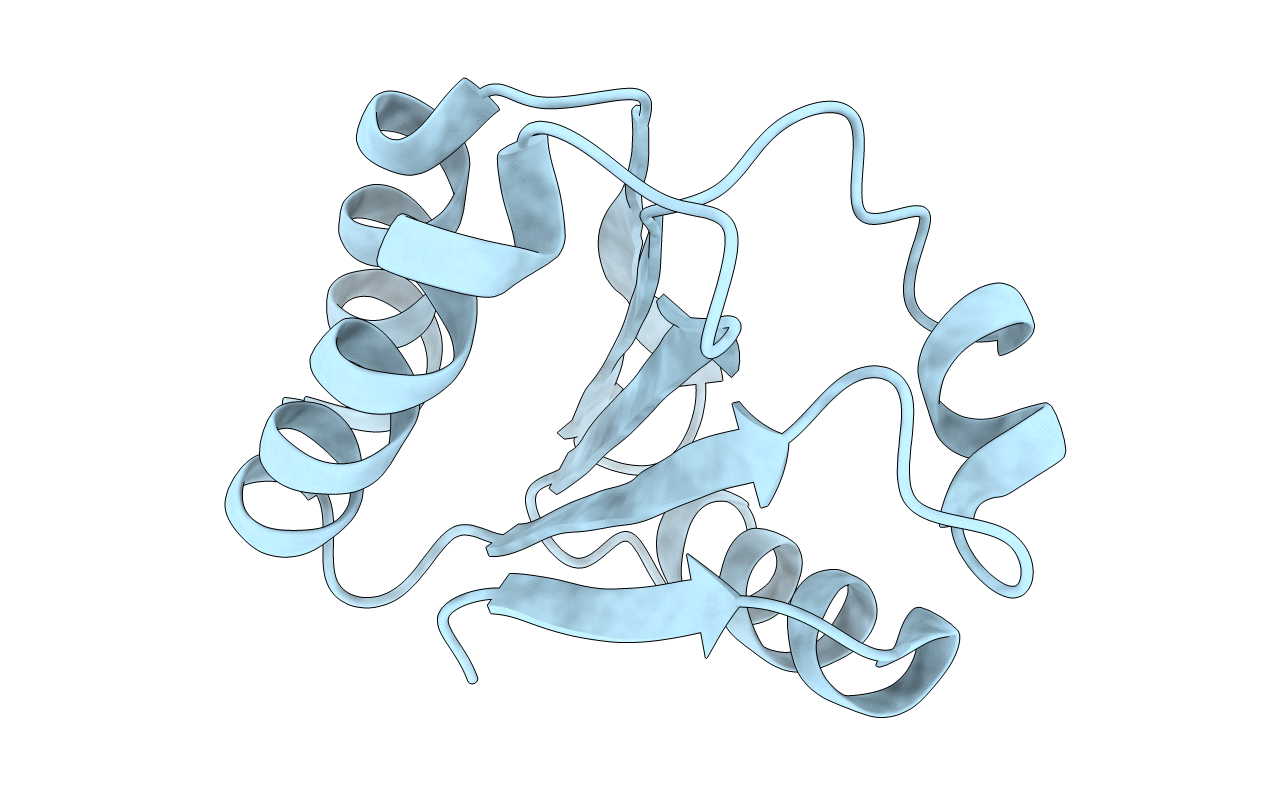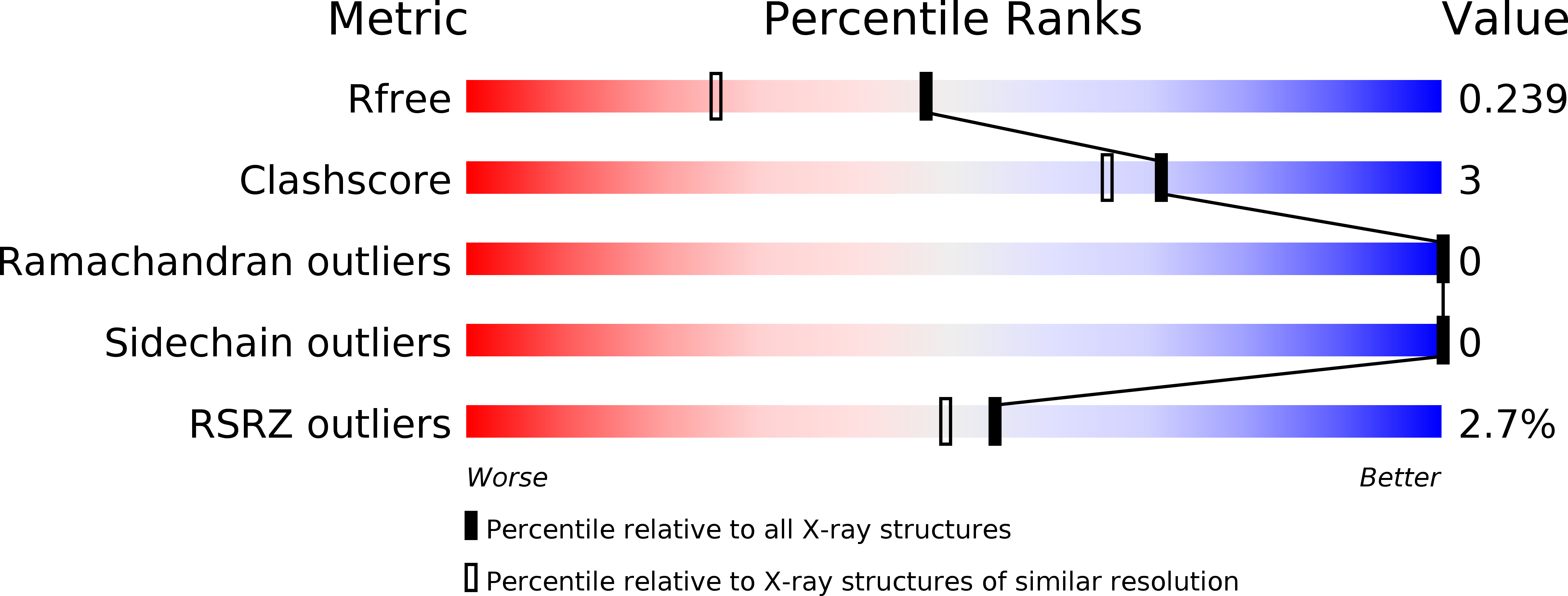
Deposition Date
2018-03-31
Release Date
2018-10-24
Last Version Date
2024-10-16
Entry Detail
PDB ID:
6G61
Keywords:
Title:
Crystal structure of thioredoxin O1 from Arabidopsis thaliana in oxidized state
Biological Source:
Source Organism:
Arabidopsis thaliana (Taxon ID: 3702)
Host Organism:
Method Details:
Experimental Method:
Resolution:
1.80 Å
R-Value Free:
0.23
R-Value Work:
0.21
R-Value Observed:
0.22
Space Group:
P 21 21 21


